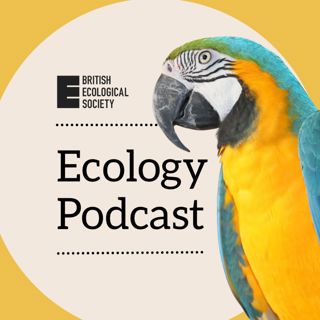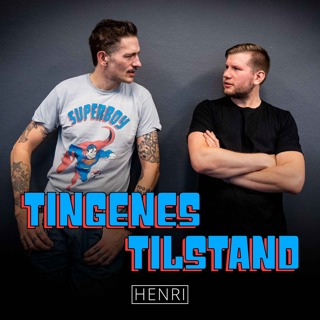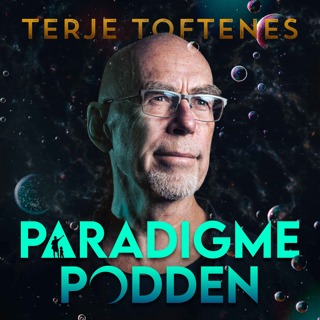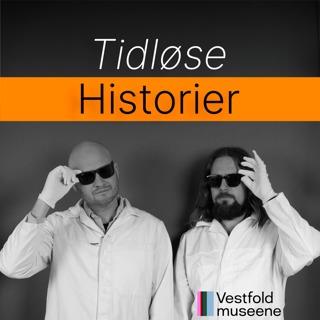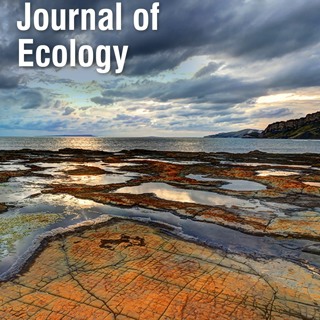
Journal of Ecology at ESA 2016 - interview with Charlie Canham
Journal of Ecology Executive Editor David Gibson meets with Associate Editor Charlie Canham at ESA 2016 to discuss the theme of the meeting (Novel Ecosystems in the Anthropocene), as well as Charlie's research.
15 Aug 201611min

Journal of Ecology at ESA 2016 - interview with Emily Farrer
Journal of Ecology Executive Editor David Gibson meets with Associate Editor Emily Farrer at ESA 2016 to discuss the theme of this year's meeting (Novel Ecosystems in the Anthropocene), as well as Emily's research.
15 Aug 201610min

Journal of Ecology at ESA 2016 - interview with Jacquelyn Gill
Journal of Ecology Executive Editor meets Associate Editor Jacquelyn Gill at ESA 2016 to discuss the theme of the meeting (Novel Ecosystems in the Anthropocene) and Jacquelyn's research.
15 Aug 20169min

FE: Alan Knapp talks to Joe Bailey about Ecosystems, Evolution and Plant–Soil Feedbacks
Joe Bailey talks to Alan Knapp about his special feature (guest-edited with Jen Schweizer)on Ecosystems, Evolution and Plant–Soil Feedbacks, out in the July Issue of Functional Ecology: http://onlinelibrary.wiley.com/doi/10.1111/fec.2016.30.issue-7/issuetoc
4 Aug 201612min

FE: Julia Cooke and Ken Thompson on plant silicon
Julia Cooke talks to FE editor Ken Thompson about our latest Special Feature: The Functional Role of Silicon In Plant Biology. Browse the lay summaries here (http://www.functionalecology.org/view/0/summaries/LaySummariesVol30Iss08.html) or read the articles in the August Issue of Functional Ecology: http://onlinelibrary.wiley.com/journal/10.1111/(ISSN)1365-2435/currentissue
29 Jul 201611min

FE Alan Knapp interviews Haldane Prizewinner Brian Steidinger
Alan Knapp talks to Brian Steidinger, the winner of the 2015 Haldane Prize for Early Career Research, about his paper "Variability in potential to exploit different soil organic phosphorus compounds among tropical montane tree species" (Functional Ecology, 29:1, pp 121–130) Soil phosphorus is as essential as water for plant growth, but its low availability in some areas forces plants to develop different strategies to acquire it. Mycorrhizal associations, symbiotic associations between a fungus and a vascular plant, represent the most common strategy for access to the different pools of soil P by plants and it therefore seems reasonable to assume that different symbiotic fungal species will be differently able to exploit this non-renewable resource and that non-mycorrhizal species could have a competitive disadvantage. Brian Steidinger and his co-authors tested this hypothesis by comparing phosphatase enzyme activity and performance of five tropical tree species belonging to different functional groups: arbuscular mycorrhizal angiosperms, arbuscular mycorrhizal conifers, ectomycorrhizal angiosperms and non-mycorrhizal proteoid plants. - See more at: http://www.britishecologicalsociety.org/grants-awards/honours_awards_prizes/prize-for-the-best-paper-by-a-young-author/haldane-prize
11 Apr 20169min

FE Duncan Irschick talks to Jason Kolbe - City Slickers
Jason Kolbe discusses his paper (Kolbe, J. J., Battles, A. C. and Avilés-Rodríguez, K. J. (2015), City slickers: poor performance does not deter Anolis lizards from using artificial substrates in human-modified habitats. Funct Ecol. doi:10.1111/1365-2435.12607) with Functional Ecology editor, Duncan Irschick How do lizards adjust to life in the city? Urbanization transforms natural environments into a mix of buildings, roads, parks and natural habitats. Lizards may use fences, posts and walls as they do trees in natural forests, but they may not find walls as easy to walk up as trees. How does this effect where these urbanized lizards choose to go and how might natural selection shape these "city slickers" in the future.
16 Mar 20164min

Interview with 2014 Harper Prize Winner Michiel Veldhuis
Journal of Ecology blog editor Pierre Mariotte interviews the 2014 Harper Prize winner Michiel Veldhuis.
19 Jan 201612min
